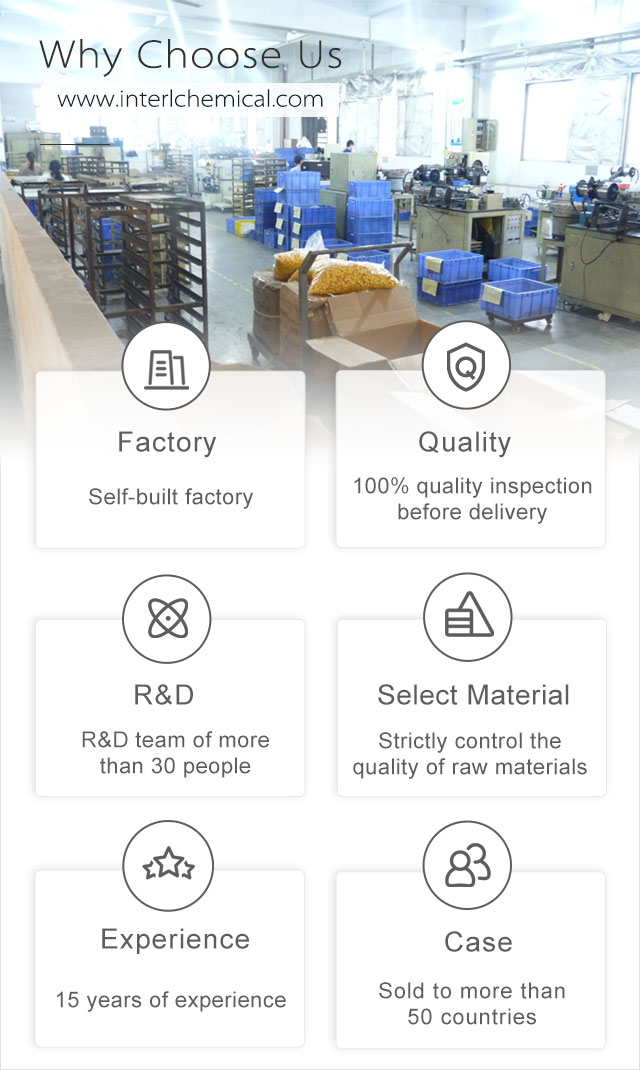





Related Attributes
Product details
L-Carnosine Powder is a dipeptide (two amino acids) often found in organs and tissues such as the brain, heart, skin, muscles, kidneys, and gastric system.L-Carnosine CAS 305-84-0 activates cells in the body and fights against aging through two mechanisms: it inhibits glycation and it protects our cells from free radicals, which cause uncontrolled cross-linking of sugar molecules and proteins (sugar molecules stick to proteins), loss of cell function and gene combinations. L-Carnosine Powder also stabilizes cell membranes and reduces lipid peroxidation in the brain, thus preventing neurological and brain degeneration.

L-Carnosine Raw Materials Scientific Name Beta-Alanyl-L-Histidine, is made is a dipeptide composed of two amino acids, beta-alanine and L-histidine, crystalline solid. Muscle and brain tissues contain high concentrations of carnosine.L-Carnosine CAS 305-84-0 was discovered along with carnitine by the Russian chemist Gourevitch. Studies in the UK, Korea, Russia and other countries have shown that L-Carnosine Powder has strong antioxidant properties and is beneficial to the human body. Carnosine has been shown to scavenge reactive oxygen radicals (ROS) and α-β unsaturated aldehydes formed during oxidative stress by over-oxidation of fatty acids in cell membranes.
Applications / Functions of L-Carnosine Powder
L-Carnosine Powder properties and stability
L-Carnosine Raw Materials is a white powder.

Production method of L-Carnosine Powder
A) Preparation of hydrazinolysis reaction solution, in a 1000 ml four-necked reaction flask, 50 g (0.14 mol) of phthaloyl-L-creatinine as an intermediate, 200 ml of water, hydrazine hydrate (80% concentration by mass) 10.8 g (0.17 mol), heated to reflux reaction for 1.0 h, and then add acetic acid to adjust the pH of the material to 1.0 h. The reaction solution was then heated to reflux reaction. Add acetic acid to adjust the pH of the material to 5.5, filter to remove by-products, to get hydrazine solution;
Why choose us?

HRK Factory

About Shipping

Pharmaceutical Intermediate manufacturers
©2023 Xi'an Henrikang Biotech Co., Ltd.,